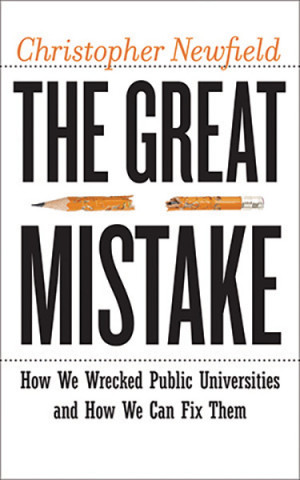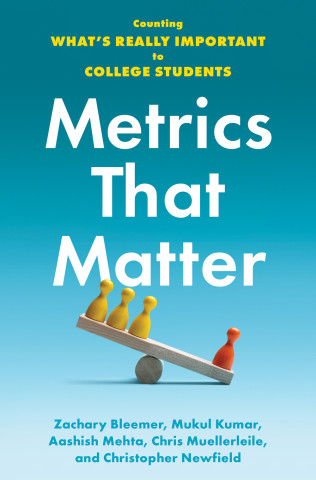David Dayen has a provocative article at the New Republic on the effects of student debt on household formation. Drawing on a range of studies, Dayen is able to show that the recent skyrocketing of student debt, combined with the continued depressed state of the economy and the job market, has led young people to put off the traditional American steps towards household formation and generational independence--particularly purchasing of housing. Dayan makes clear what others have pointed out, that the rise in student debt is not only dismantling the future of recent and current students but is also producing an ongoing drag on the larger economy that will only lengthen the country's economic weakness.
Actually, things are worse than Dayen suggests.
Dayen draws particularly on two reports produced by the New York Fed (or related economists). The first report reminds us that not only did outstanding student debt as "reported on credit reports" pass the one trillion dollar mark in 2013 but that it increased by $114 billion in that year. Put in perspective, the increase in debt in 2013 alone was more than half the total student debt in 2000.
The second report sharpens the issue however. It makes clear that in recent years a significant shift in debtors' practices has taken place. Before the recession, individuals with student debt were more likely to enter the housing and automobile debt markets (due to their greater confidence in their prospects) than were those who did not have student loans (primarily I think because they had not attended college). But since 2008 that has reversed itself. Individuals with student debt are now less likely than those without student debt to have longer-term credit investments.
Now no one knows, exactly why this is. It is likely a combination of factors. As Dayen and the Fed researchers note, it is related to the collapsed job market, to the fact that it is harder for young people to get credit with tightened restrictions on individual borrowing (I guess that was instead of actually regulating Wall Street and the Banks) and because the increase in the size of student debt makes people less willing to take on other debt (quite sensibly). But as with unemployment, underemployment, and lowered wages more generally, there are ripple effects that serve not only to hold back student debtors but the economy as a whole.
Yet Dayen does not draw out the full implications of the data. As do many, he points to the long-term rise in higher education tuition, drawing on data provided by Bloomberg. In so doing, he accepts the undifferentiated chronology contained in the claim that tuition has risen by more than 500% since 1985 and thereby throws us back on the neo-liberal emphasis on the "cost-disease." But if you look more closely at Bloomberg's data you will see that nearly 60% of that growth has occurred since the early 2000s--in other words since the beginning of the heyday of state disinvestment in higher education.
Insofar as the dramatic increase in student debt is helping to undermine the future of the economy, the internal privatization of public higher education (the shift of burden from public investment to private debt) has played an important role.
Oh, and just for the record: UC has not done that great a job on this issue despite its claims for its financial aid programs. According to its own 2013 Accountability Report the average debt for UC student borrowers was just under $20,000. According to Fed researchers the average student debt was just over $20,000.
What goes around...
12 hours ago





0 comments:
Join the Conversation
Note: Firefox is occasionally incompatible with our comments section. We apologize for the inconvenience.